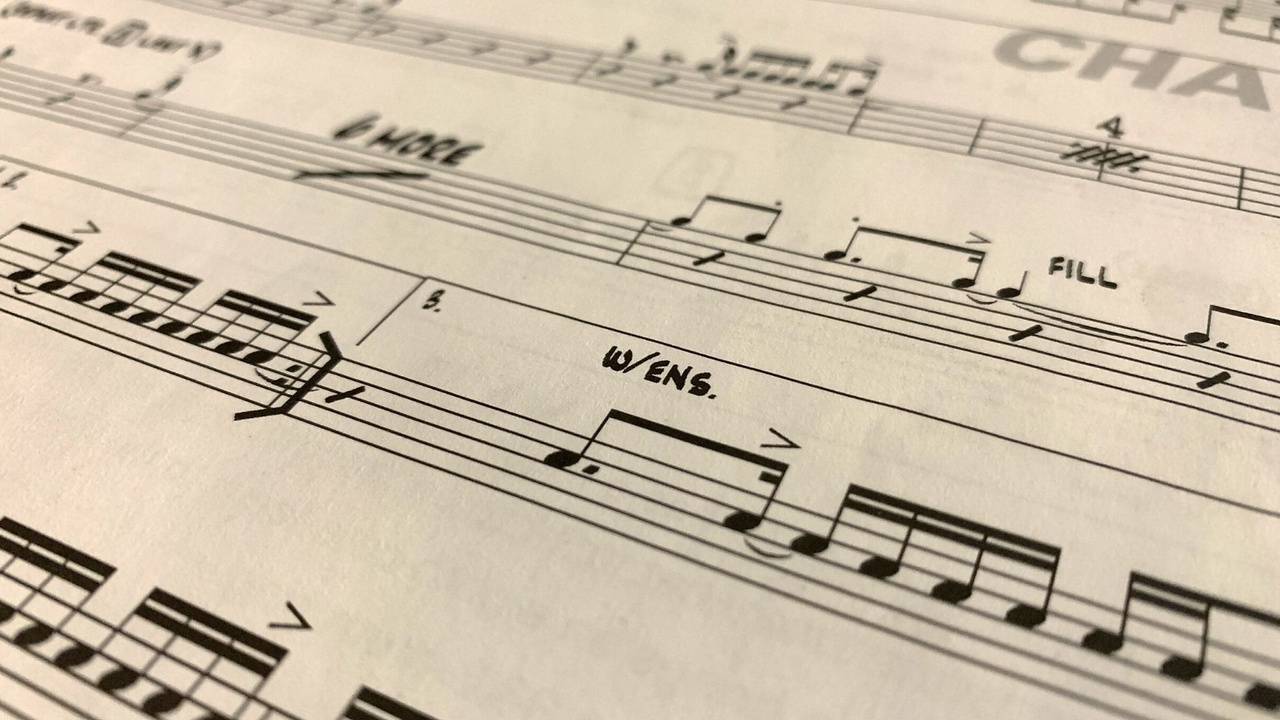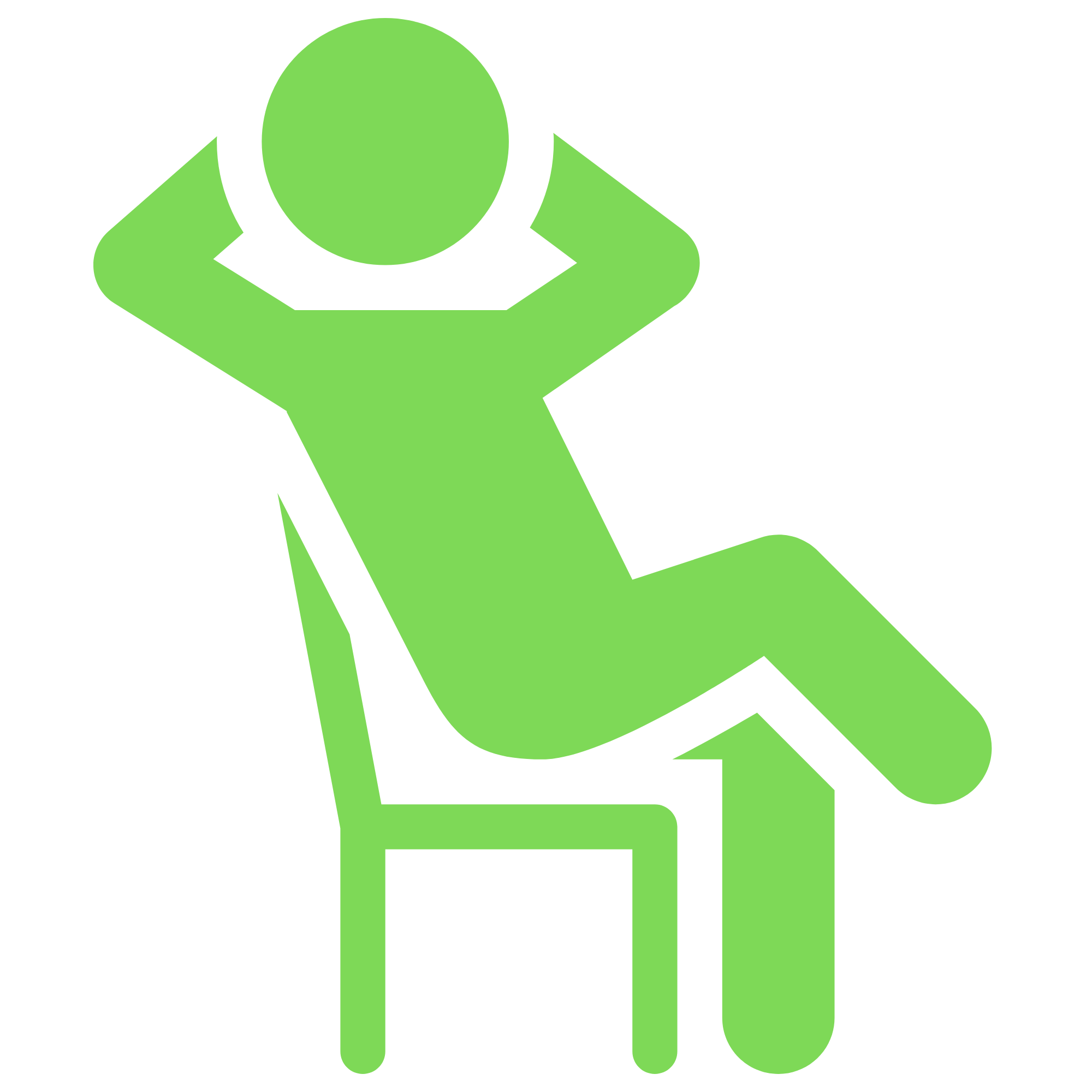Should you be counting while playing a song?

Do you try to count while playing a song, whether you’re playing along to a record or playing with your band? Then do you get panicked and frustrated when you realize you’ve miscounted and you don’t remember how much longer to play a particular pattern or when that fill coming up starts?
Then everything just becomes chaos and anxiety because you realized you’ve failed at counting yet again. How will you ever REALLY learn the song where you know when everything is coming?
I’VE BEEN THERE. Time and time again. I’ve also spent time in the classical percussion world where you have to count every bar because you’re reading sheet music, and that's scary sometimes.
But do we really need to be counting bars while playing music on the drums? Here’s my short answer:
no.
Let’s unpack this a little, because I really want to help you learn songs well and play them the right way - yet not have to freak out about counting. YOU CAN DO THIS.

Why you shouldn't sweat the counting...
I believe that 99% of the time, you should not be counting. Here’s why: Most songs you ever play are built in simple 4, 8, and 16 bar sections (meaning that you’re counting to four either 4, 8, or 16 times in most song sections, whether that’s a verse, chorus, or bridge).
What’s cool about these numbers is that they feel natural and complete to our ear. Without counting, you can just feel when 4 bars has gone by. So why bother counting this? All that does is clutters your brain with more to think about, distracting you from the music.
Now sometimes a songwriter will throw something sneaky into his or her song, requiring you to pay extra attention. Sometimes at the end of a standard 8 bar section, there’s an extra measure. Or maybe there’s a really short 3-bar guitar solo that cuts out a measure sooner than you expect.
Either way, these are the cases where you DO want to be aware of how many bars are happening. But even then, you don’t need to count out every beat. Just make a mental note that “oh yeah - that chorus hangs on a little longer than I always expect it to” - OR - “that quirky guitar solo feels weird because it cuts out early.”
It’s totally fine to remember things that way, without mathematically counting out the details. In most rock, pop, country, or any mainstream genre of songs, this approach works perfectly fine. We’re not talking about your favorite fusion band, some Rush songs, Tool, or any style that’s so bizarre you HAVE to count it. We’re talking about 99% of the music that you might play on a gig. Most popular music is predictable, which is really good to know and which saves us a lot of time and effort when learning!

What you should ACTUALLY be listening to while playing a song...
So if we’re not supposed to be constantly counting, what should we really be listening to so that we can still know the song and not get lost?
The answer is simple and very liberating, I think:
The melody.
The big thing you really need to know in order to feel comfortable with the song and with the song sections is… the melody. This is because the melody is what drives song form. When someone writes a vocal song, they’re starting with melody and lyrics. Most songwriters didn't decide ahead of time that they wanted to throw in a 7 bar chorus and a 9 and a half bar bridge before they ever wrote the first line. Instead they’re writing the melody, then letting the song take shape around that.
99% of the time, any weirdnesses in bar counts are a direct result of where the melody is going. It may lend itself to a chorus ending early or hanging on an extra bar. When you listen to and follow that melody, the “weirdness” in the measure count isn’t really weird any more.

How to memorize and internalize a song in a natural way
We want to avoid counting if possible, and we want to listen to the melody so that we’re “in it” and we know the song. It’s that simple! Now how do we internalize and memorize a song so that we can pull this off?
Time to potentially step on some toes here, but hear me out:
Spend more time listening to the song you’re learning than practicing it from a drum tabs sheet. Now don’t hear me wrong! Sometimes sheet music is a great way to thoroughly learn a song note for note, especially when it’s a very fast or intricate song that you want to really nail eventually. But for now we’re talking simple songs that are in a reasonable tempo range with which you can quickly get up and running.
For example, don’t spend much time with drum tabs if you’re learning songs like “Billie Jean” (Michael Jackson), “Back in Black” (ACDC), “Enter Sandman” (Metallica), or “September” (Earth, Wind, and Fire). These songs are also straightforward rock/pop songs that aren’t complex, so you gain much more value from listening in detail to the recordings than by practicing solely out of the drum tabs.
By listening to songs like these over and over through headphones, you internalize them. I bet several of these songs are already internalized in your memory because you’ve grown up hearing them a million times. You can sing your favorite song in the shower because you know it by heart. You don’t know how many measures the song is, but you know the melody and the lyrics. Those things won’t fail you either, because they’ll probably stick in your head for life.

ACTION STEPS:
Here are you action steps for this week! Do these things, and you’ll find yourself counting less and having more fun playing music. :)
#1: Download my free guide, "5 steps to learning any song in under 60 minutes." (I'd like for you to "sign up" to grab this, because I want to send you extra follow up tips that accompany the guide!) This PDF goes into detail with much of what we’ve talked about today. If you want to free yourself from sheet music, develop your ear, and play more freely, creatively, and musically with your band… this is where I want you to start!
#2: Write down your 5 favorite songs. I bet you already know the melodies to these songs pretty well, which means you probably know the arrangement (song form, order of song sections) really well. Listen to these songs several times through headphones, really listening in detail so that you internalize everything going on. Check out this YouTube lesson for some tips on doing this well. It’s called "the 6 listen exercise.”
#3: Practice those 5 songs on the drums, and have fun just jamming along. Don’t worry about nailing them note for note just yet. Instead, listen intently to the melody (whether that’s the vocal or a guitar riff) while you’re playing. Get used to that feeling of listening to melody while playing the drums. This is such a key secret to playing musically, and it’s honestly very liberating.
Be a musician - not just a drummer! Have fun with this, and let me know if you have any questions.
Stay Non Glamorous,
Stephen




